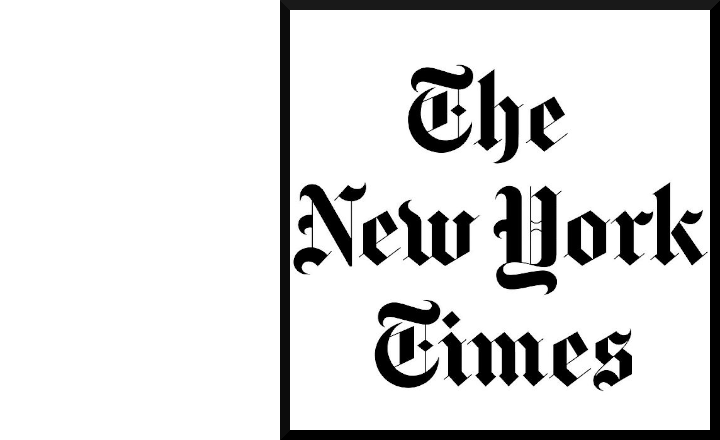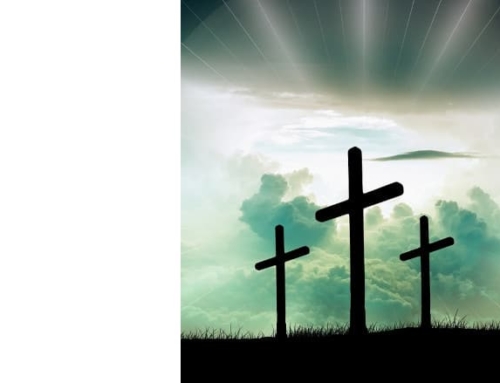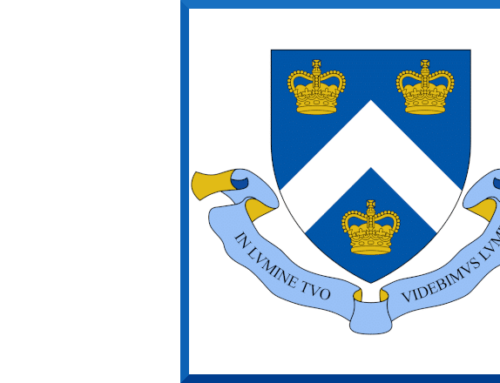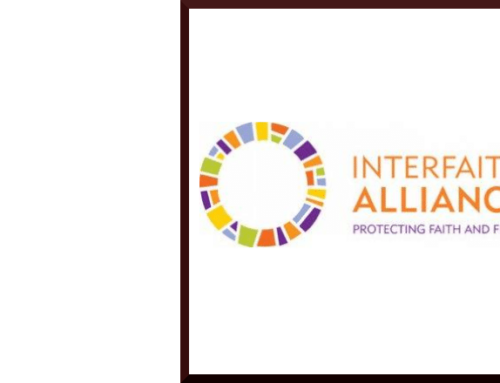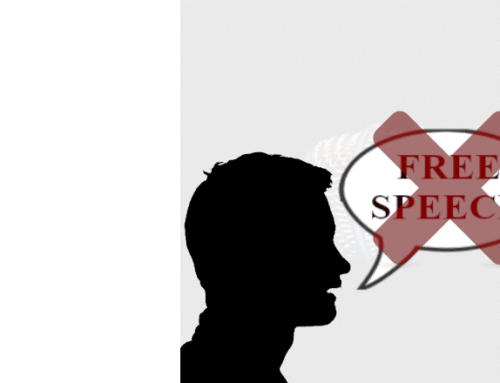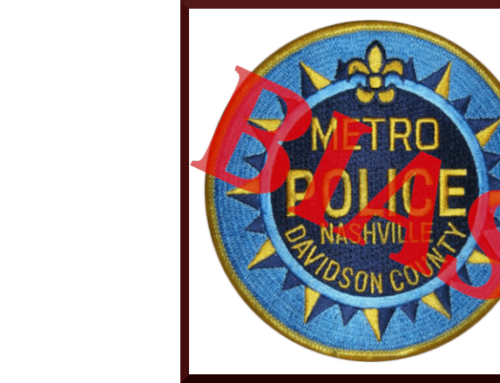The day after it was reported that new documents were found showing that the Catholic Church saved over 3,000 Jews during the Nazi occupation of Rome, the New York Times ran an article on this story noting that during this time Pope Pius XII “remained publicly silent.”
In other words, we are to believe that all those Jews who were saved by priests, nuns and lay people—which even the Times admits were in the “tens of thousands”—did so without ever heeding instructions from the Vatican. This is a remarkable conclusion: The “hyper-centralized” and “highly hierarchal” Vatican sat by idly without ever giving marching orders to the faithful. I guess they were just nice Catholic boys and girls.
But as I pointed out yesterday, that is contradicted by the world’s foremost Holocaust scholar, Sir Martin Gilbert. His assessment led him to conclude that Catholics who sheltered Jews did so “on his [the pope’s] direct authority.”
If the pope was silent, then how could the New York Times have concluded at that time that he was not silent!
Here is what a New York Times editorial said on Christmas Day, 1941: “The voice of Pius XII is a lonely voice in the silence and darkness enveloping Europe this Christmas.”
Here is what a New York Times editorial said on Christmas Day, 1942: “This Christmas more than ever he [the pope] is a lonely voice crying out of the silence of a continent.”
Now how can it be that those closest to the events at that time, such as the editorial board of the New York Times in the early 1940s, were wrong, and today’s reporters for the newspaper are right?
To be sure, the pope was not screaming from the rooftops in public about Hitler. He was indeed concerned about antagonizing him. So were Jews at that time.
In 1942, Gerhard Riegner of the World Jewish Congress notified his colleagues in London and New York of an “alarming report” about plans to exterminate Jews. And what did they do? They failed to lobby on behalf of a bill by Rep. Emanuel Celler that would have eased restrictions on Jews emigrating from France to the United States.
This came after Kristallnacht, November 9-10, 1938, the “Night of Broken Glass,” when the American Jewish Congress, the American Jewish Committee, B’nai B’rith, and the Jewish Labor Committee concluded that the best course of action was to do nothing. They said, “at least for the time being, nothing should be done.” In addition, all of these Jewish organizations went on record saying that “there should be no parades, demonstrations, or protests by Jews.”
When it was reported in 1942 that two million Jews had been killed in the Nazi extermination campaign, the New York Times placed the story on page ten surrounded by ads for Thanksgiving Day turkeys.
In 1943, Hitler’s biographer, John Toland, said, “The Church, under the Pope’s guidance, had already saved the lives of more Jews than all other churches, religious institutions, and rescue organizations combined, and was presently hiding thousands of Jews in monasteries, convents, and Vatican City itself.”
[Note: All of the above information, and much more, can be found in my book, Why Catholicism Matters, published by Image (Random House) in 2012; citations are provided for everything I said.]
Attempts to belittle the role of the Catholic Church during the Holocaust has long been a cottage industry. But with the release of more and more documents from the Vatican archives, it looks like the Church’s worst critics are on the losing side of this argument.
Contact the Times’ international editor, Phil Pan: philip.pan@nytimes.com


